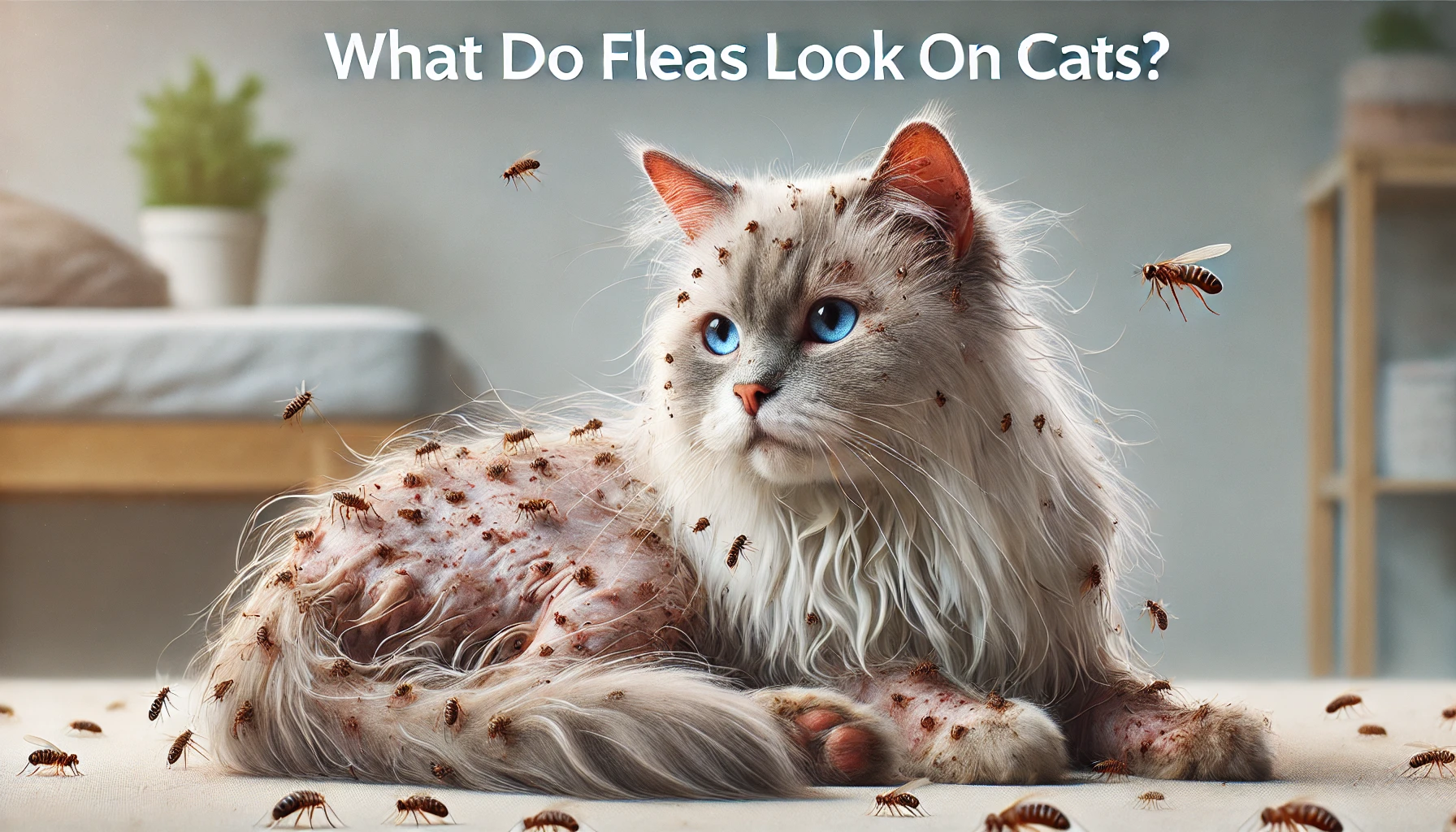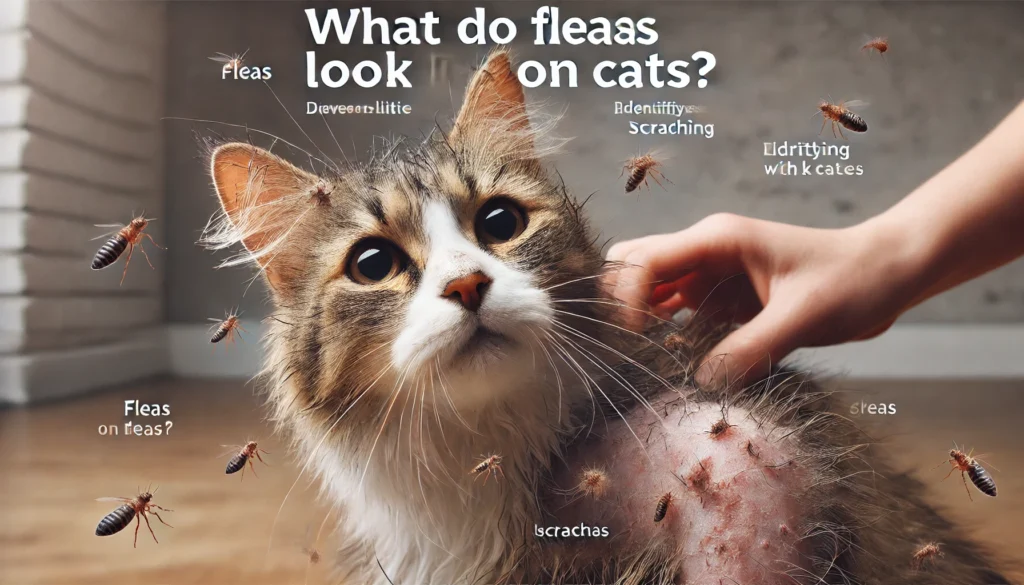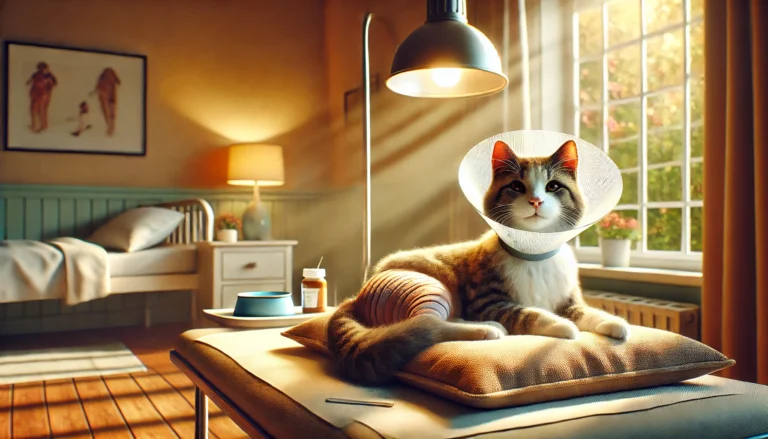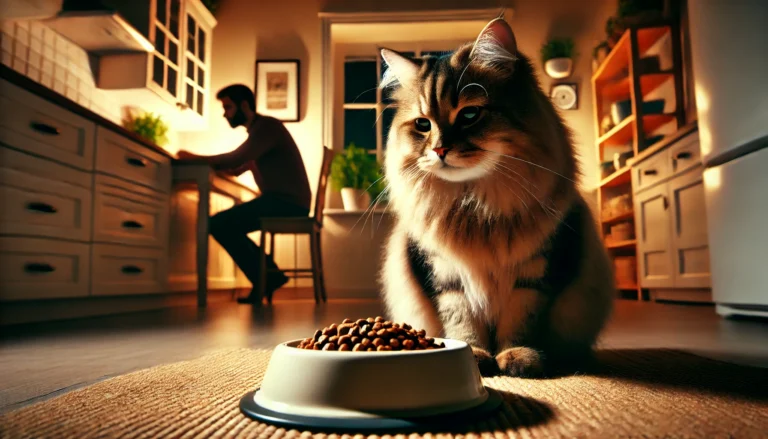What Do Fleas Look Like on Cats? Unveiled: A Comprehensive Guide

What Do Fleas Look Like on Cats?
Fleas pose a persistent challenge for cats and their owners, characterized by their small size, agility, and potential health implications. Recognizing their appearance, behavior, and indicators of infestation is crucial for effective management and prevention.
Appearance and Characteristics of Fleas
Fleas are diminutive insects, typically measuring between 1 to 2 millimeters in length. They possess a flattened body that facilitates rapid movement through the dense fur of their hosts, aided by their powerful hind legs designed for jumping. Their coloration ranges from dark reddish-brown to nearly black, enabling them to blend seamlessly with the cat’s fur, making them challenging to detect upon initial inspection.
Identifying Flea Eggs and Larvae
In addition to adult fleas, understanding the lifecycle stages is essential:
- Eggs: Flea eggs are minute, oval-shaped structures, approximately 0.5 millimeters in size, often found loosely attached to the cat’s fur but primarily accumulating in the cat’s bedding or surrounding environment.
- Larvae: Upon hatching, flea larvae appear as small, white, worm-like creatures. They exhibit a preference for dark, humid environments, such as carpets, cracks in flooring, or within the bedding, where they subsist on organic debris and flea feces.

Signs and Symptoms of Fleas on Cats
The early detection of fleas is pivotal in averting discomfort and potential health complications for your cat. Key indicators include:
- Excessive Scratching: Cats afflicted with fleas frequently engage in heightened scratching, particularly around the neck and base of the tail.
- Flea Dirt: Also known as flea feces, flea dirt manifests as tiny black specks peppered throughout the cat’s fur. These specks, composed of digested blood, serve as a prominent signal of flea presence.
- Skin Irritation: Flea bites can instigate localized redness, inflammation, or even lesions on the cat’s skin, particularly evident in cats predisposed to flea allergy dermatitis.
Understanding Flea Behavior and Lifecycle
Fleas undergo a comprehensive metamorphosis encompassing four distinct stages:
- Egg: Initially laid on the host but swiftly dislodged into the surrounding environment.
- Larva: These larvae subsist on organic matter within their habitat, maturing over several days to weeks.
- Pupa: Developing within a protective cocoon, pupae may remain dormant for extended periods until environmental conditions prove conducive for emergence.
- Adult: Upon emerging from the pupal stage, adult fleas promptly seek out a suitable host to feed on blood, thus perpetuating the reproductive cycle.
This comprehensive understanding of the flea lifecycle facilitates the implementation of targeted flea control measures.
Managing and Preventing Fleas on Cats
Effectual flea management necessitates a multifaceted approach encompassing treatment modalities directed at both the cat and its immediate surroundings:
- Topical Treatments: Employing spot-on treatments or flea collars enables direct application of anti-flea agents to the cat’s skin, effectively targeting adult fleas and impeding their reproduction.
- Oral Medications: Alternatively, administering oral formulations facilitates internal eradication of fleas within the cat’s system, thereby mitigating the risk of infestation.
- Environmental Vigilance: Consistent vacuuming, laundering of bedding at high temperatures, and the judicious use of flea sprays or foggers within the household environment collectively curtail flea populations across all lifecycle stages.
Preventing Flea Infestations
Proactive measures are instrumental in fortifying defenses against potential flea infestations:
- Regular Grooming: Regular brushing and inspection of the cat’s coat serve as proactive measures to promptly detect and remove fleas and flea dirt.
- Routine Veterinary Oversight: Scheduled veterinary consultations facilitate comprehensive health assessments, inclusive of flea prevention strategies tailored to the cat’s specific requirements.
- Environmental Hygiene: Diligent maintenance of cleanliness within indoor and outdoor environments, coupled with the strategic deployment of flea control products, effectively diminishes the likelihood of recurrent flea infestations.
Do You Know
Certain essential oils are known to be particularly problematic for cats due to their chemical composition. These oils can cause a range of adverse reactions, from mild irritation to severe toxicity. It’s important for cat owners to be aware of the following oils:
Conclusion
A nuanced comprehension of what fleas look like on cats, coupled with insights into their behavioral proclivities and lifecycle dynamics, empowers cat owners to safeguard their feline companions against the perils posed by flea infestations. By cultivating a proactive stance toward flea control and upholding stringent hygiene protocols, cat owners can cultivate an environment conducive to sustained feline well-being.
How do I know if a cat has fleas?
When trying to determine what do fleas look like on cats?, you may notice signs such as excessive scratching, biting, or licking. Fleas are small, dark brown insects that may be visible moving quickly through your cat’s fur. Another indication is the presence of flea dirt, which looks like small black dots in their coat. If you spot these signs, it’s likely your cat has fleas.
What can be mistaken for fleas on cats?
When identifying what do fleas look like on cats?, it’s easy to confuse them with other parasites. Flea dirt can be mistaken for regular dirt or dandruff, and fleas themselves may be confused with ticks or even small skin tags. Careful observation and consultation with a vet can help clarify these differences.
Can humans get fleas from cats?
Understanding what do fleas look like on cats? helps in preventing their spread to humans. While fleas do not live on humans long-term, they can bite humans, causing itchy spots. Good flea control measures for your cat can help prevent the fleas from jumping onto human hosts.
How to remove fleas on cats?
If you find what do fleas look like on cats?, immediate treatment is essential. You can use a fine-toothed flea comb to remove fleas manually. Additionally, topical flea treatments or oral medications prescribed by your vet are effective at killing fleas on your cat.
Are fleas harmful to cats?
Yes, it’s crucial to address what do fleas look like on cats? promptly because fleas can cause several issues. They can transmit diseases and parasites, lead to anemia from blood loss, and trigger dermatitis from allergies to flea saliva.
Can fleas live in human hair?
Fleas primarily target animals but understanding what do fleas look like on cats? is crucial as it shows they might occasionally jump onto humans. While they can bite and cause itching, they do not live or breed in human hair as they prefer furrier hosts.
Do fleas lay eggs on cats?
Yes, part of knowing what do fleas look like on cats? involves recognizing their lifecycle. Fleas lay eggs on your cat, which can fall off and hatch in your home. This makes environmental cleaning a critical part of controlling flea infestations.
Do fleas bite humans?
While investigating what do fleas look like on cats?, it’s worth noting that fleas can bite humans too. The bites are usually small, itchy, and might appear in groups or lines. Although irritating, flea bites on humans are less serious without an underlying flea infestation.
How to get rid of fleas on cats naturally?
If you’re hesitant about chemicals after learning what do fleas look like on cats?, consider natural methods like diatomaceous earth or flea-repelling plants. Bathing your cat with mild soap and water can also help remove fleas without harsh chemicals.
Are cat fleas visible to the human eye?
Upon discovering what do fleas look like on cats?, you’ll find that while small, cat fleas are indeed visible to the human eye. They appear as tiny dark spots that move swiftly through the fur.
How did my cat get fleas?
Even indoor cats can get fleas, which makes it important to know what do fleas look like on cats. They can hitch a ride on humans or other pets or come in through open windows or doors.
How do I know if my cat has lice or fleas?
When identifying what do fleas look like on cats?, note that lice are usually stationary and attach their eggs to hair shafts, whereas fleas jump and are darker and faster.
How can I tell if my cat has fleas?
To confirm what do fleas look like on cats?, look for quick movements in their fur, the presence of flea dirt, or red, itchy skin. A vet can provide a definitive diagnosis.
How to successfully get rid of fleas?
Removing what do fleas look like on cats involves treating both the pet and the environment. Use veterinarian-approved flea treatments and clean bedding and floors regularly to eliminate eggs and larvae.
What kills fleas the fastest on cats?
The fastest way to tackle what do fleas look like on cats? is through topical insecticides and oral flea treatments that kill fleas at multiple lifecycle stages.
What smell do fleas hate?
Part of managing what do fleas look like on cats? is using scents like cedarwood, eucalyptus, peppermint, and lemongrass, which naturally repel fleas.
Can cat fleas live on humans?
While understanding what do fleas look like on cats?, it’s important to know that cat fleas prefer furry hosts and don’t live on humans, although they may bite.






